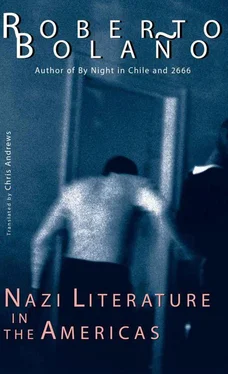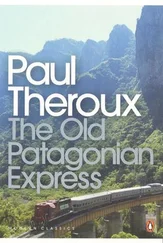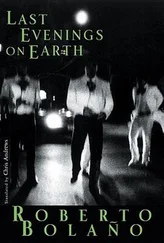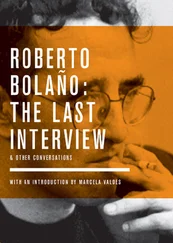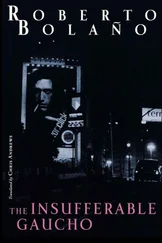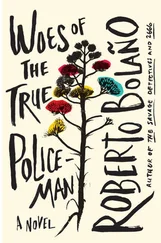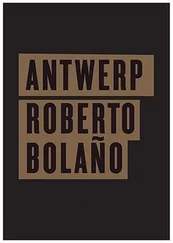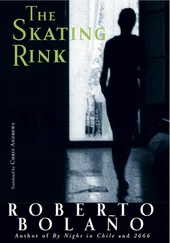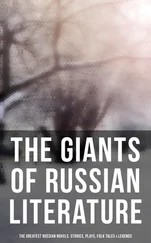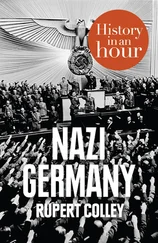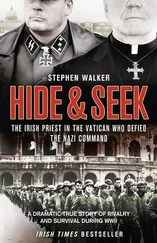His passage through literature left a trail of blood and several questions posed by a mute. It also left one or two silent replies.
Rather than sinking into oblivion with the passing years, he became a mythic figure and his ideas found a wider following. His traces petered out in South Africa, Germany, Italy; some even went so far as to claim that he had gone to Japan, as if to be Gary Snyder’s dark double. His silence was absolute. Yet the winds of change blowing through the world were favorable to him and his work, and some came to see him as a precursor. Young, enthusiastic writers set out from Chile in search of him. They returned from their long pilgrimages broke and empty-handed. Ramírez Hoffman’s father, presumably the one person who knew his whereabouts, died in 1990.
As the years went by, it was gradually supposed in Chilean literary circles that Ramírez Hoffman was dead too, a reassuring thought for many.
In 1992, his name appeared prominently in a judicial report on torture and the disappearance of prisoners. In 1993 he was linked to an “independent operational group” responsible for the deaths of various students in and around Concepción and Santiago. In 1995, Zabaleta published his book, one chapter of which described the photographic exhibition. In 1996, a small press in Santiago published Cecilio Macaduck’s lengthy study of Fascist magazines in Chile and Argentina between 1972 and 1992, in which the brightest and most enigmatic star, without a doubt, is Ramírez Hoffman. Naturally there were people who spoke out in his defense. A sergeant from Military Intelligence declared that Lieutenant Ramírez Hoffman was a little strange, slightly unhinged and prone to unexpected outbursts, but exemplary in his commitment to the fight against Communism. An army officer who had taken part in a number of counter-subversive operations with Ramírez Hoffman in Santiago went further still and affirmed that he had been absolutely right to say that no prisoner who had been tortured should be left alive: “His vision of History, you understand, was, how can I put it, cosmic, in perpetual motion, with Nature in the midst of it all, devouring itself and being reborn, repugnant but nothing short of brilliant. . ”
Ramírez Hoffman was called as a witness in a number of trials, although no one expected him to show up. In other cases he was indicted. A judge in Concepción tried to obtain a warrant for his arrest, unsuccessfully. The few trials that went ahead were conducted in his absence. And soon they were forgotten. The Republic had too many problems to concern itself for long with the fading figure of a serial killer who had disappeared years ago.
Chile forgot him.
This is where Abel Romero appears on the scene and I make my reappearance. Chile had forgotten us as well. During the time of Allende, Romero had been something of a celebrity in the police force. I vaguely remembered his name in connection with a murder in Viña del Mar, a “classic locked-room murder,” as he put it himself, neatly and elegantly solved. And although he always worked in homicide, he was the one who went into the Las Carmenes estate to “rescue” a colonel who had staged his own kidnapping, and was being protected by several thugs from the right-wing group Patria y Libertad. This operation earned Romero the Medal of Valor, awarded by Allende in person: the high point of his professional life. After the coup, he was imprisoned for three years, and when he got out he went to Paris. Now he was on Ramírez Hoffman’s trail. Cecilio Macaduck had given him my address in Barcelona. How can I help you, I asked him. By advising me on poetic matters, he said. This was his reasoning: Ramírez Hoffman was a poet, I was a poet, he was not. To find a poet, he needed the help of another poet. I told him that in my opinion Ramírez Hoffman was a criminal, not a poet. All right, all right, maybe in Ramírez Hoffman’s opinion, or anyone else’s for that matter, you’re not a poet, or a bad one, and he’s the real thing. It all depends, don’t you think? How much are you going to pay me? I asked. That’s the way, he said, straight to the point. Quite a bit: my client isn’t short of money. We became friends. The next day he came to my apartment with a suitcase full of literary magazines. What makes you think he’s in Europe? I know his profile, he said. Four days later he turned up with a television and a VCR. These are for you, he said. I don’t watch television, I said. Well you should, you don’t know what you’re missing. I read books and I write, I said. And it shows, said Romero. I don’t mean that as an insult, he added immediately, I’ve always respected priests and writers who own nothing. You can’t have known many, I said. You’re the first. Then he explained that he couldn’t really set up the television in the boarding house where he was staying, in the Calle Pintor Fortuny. Do you think Ramírez Hoffman writes in French or German, I asked. Maybe, he said, he was an educated man.
Among the many magazines that Romero left me were two in which I thought I could see the hand of Ramírez Hoffman. One was French and the other was published in Madrid by a group of Argentineans. The French one, no more than a fanzine, was the official organ of a movement known as “barbaric writing” whose major exponent was a retired Parisian concierge. One of the movement’s activities was to hold black masses in which classic books were mistreated. The ex-concierge began his career in May 1968. While the students were building barricades, he shut himself in his cubicle-like caretaker’s apartment and devoted himself to masturbating onto books by Victor Hugo and Balzac, urinating onto Stendhal novels, smearing shit over pages of Chateaubriand, cutting various parts of his body and spattering the blood over handsome editions of Flaubert, Lamartine or Musset. That, so he claimed, was how he learned to write. The group of “barbaric writers” was made up of sales assistants, butchers, security guards, locksmiths, lowly bureaucrats, nursing aides and movie extras. The Madrid magazine, by contrast, was of a higher standard and its contributors could not be lumped together under a specific tendency or school. In its pages I found texts on psychoanalysis, studies of the New Christianity, and poems written by prisoners in the Carabanchel jail, preceded by an ingenious and at times extravagant sociological introduction. One of those poems, clearly the best, and the longest, was entitled “The Photographer of Death” and was dedicated, mysteriously, To the explorer .
In the French magazine the works of the “barbarians” were accompanied by a few enthusiastic critical texts, in one of which I thought I could see the shadow of Ramírez Hoffman. It was signed by a certain Jules Defoe and argued, in a jerky and ferocious style, that literature should be written by non-literary people (just as politics should be and indeed was being taken over by non-politicians, as the author was delighted to observe). The impending revolution in writing would, in a sense, abolish literature itself. When poetry is written by non-poets and read by non-readers. Anyone could have written that text, I knew, anyone determined to set the world alight; but something told me that this particular apostle of the Parisian ex-concierge was Ramírez Hoffman.
The poem by the prisoner from Carabanchel cast a different light on the matter. In the Madrid magazine there were no texts by Ramírez Hoffman, but there was one about him, although it did not mention his name. I thought the title, “The Photographer of Death,” might have been borrowed from an old film by Powell or Pressburger, I couldn’t remember which, but it might also have been an allusion to Ramírez Hoffman’s onetime hobby. Essentially, in spite of the subjectivity clogging its lines, the poem was simple: it was about a photographer roaming the world, the crimes retained forever in the photographer’s mechanical eye, the planet’s sudden emptiness, the photographer’s boredom, his ideals (the absolute) and wanderings through unknown lands, his experiences with women, and interminable evenings and nights given over to the observation of love in all its varied configurations: pairs, threesomes, groups.
Читать дальше
